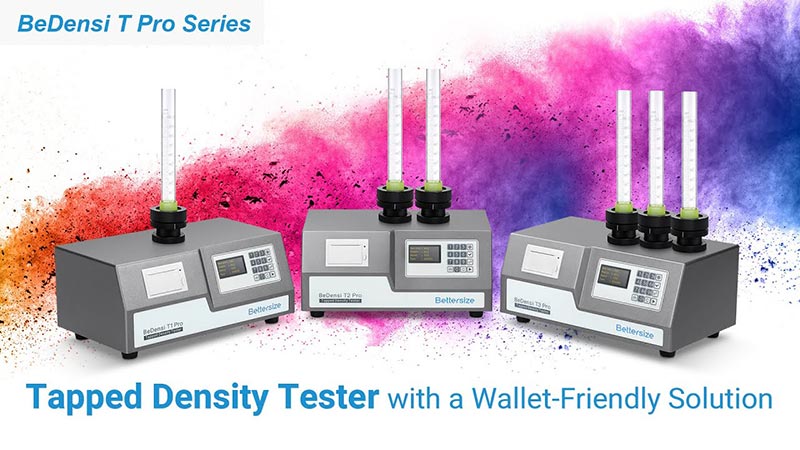How to Perform a Standardized Tapped Density Test for Pharmaceutical Powders
2021-11-09Application Note
Tapped density is a significant parameter to explore the compressibility and flowability of pharmaceutical powders, which is useful to promote the approach of Quality by Design (QbD) and good manufacturing practices (GMPs). Standardization of apparatus and procedure is vital to get meaningful repeatable results. In this application note, standardized tapped density tests of three excipients were performed by the BeDensi T Pro Series with 3 workstations. It is worthy of note that this highly efficient and economic tester is designed to meet the USP and Ph. Eur. standards fully.
Product:
Industry:
Sample:
Lactose, Mannitol, Microcrystalline cellulose
Measurement Type:
Measurement Technology:
 |
BeDensi T Pro series - Tapped Density Tester with a Wallet-Friendly Solution The BeDensi T Pro series excels at intuitive operation while complying with the USP, Ph. Eur., ASTM, and ISO standards. It can measure the bulk density and tapped density with less than 1% repeatability variation.
|
Rate this article
